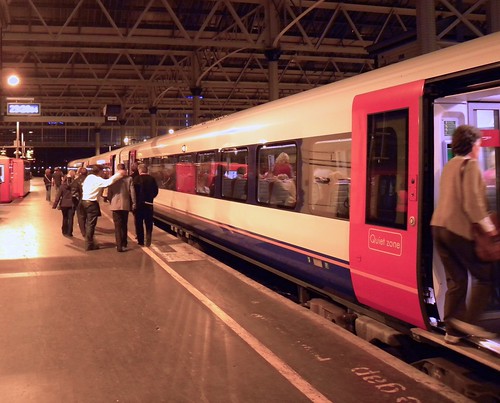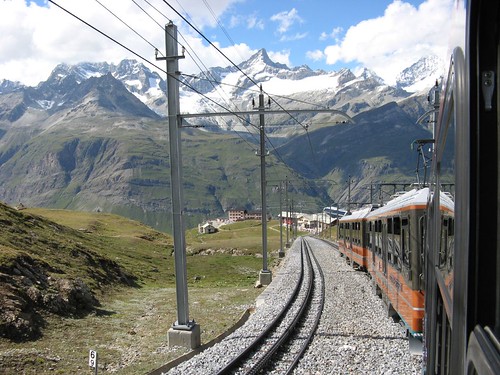More than just a way to save money, traveling europe on the train can be an exciting way to enhance your European vacation. From postcard pretty towns to French villas
to majestic alpine glaciers, all of the continent’s regal beauty passes right outside your window.
As with all things travel-related, being informed will help get the most out of this experience. Here are a few tips to help get you on track for a great European train holiday.
Should I Buy A Railpass?
This is often the first question that comes up when one is planning to travel through Europe via train. A railpass entitles its holder to multiple trips throughout Europe over a given period of time. These passes come with various time and usage options, so you’ll need to start with a good idea of how and when you want to get around. There are geographic options as well, ranging from a single country to a small region to nearly the entire continent.
Generally speaking, a railpass can be an economical option if you plan on jumping around quite a bit from city to city. This option also makes sense for those under the age of 26, as youth passes come with a significant discount.
Keep in mind that even if you have a pass, you’ll have to pay an extra reservation fee for certain high-speed or long distance trains in countries like Spain, Italy and France. Also, railpasses don’t cover the Eurostar train, which travels between London and Paris. Check with your booking service or agent for specific, up-to-date rules and restrictions.

Point-To-Point Tickets
Purchasing individual, point-to-point train tickets is a great option for those who don’t mind making a plan and sticking to it. Most train operators, especially those in the major countries of Western Europe, provide airline-style online booking through their websites. Fares are significantly cheaper when booked one to three months in advance, though these inexpensive fares are typically non-refundable and non-changeable.
With this do-it-yourself approach you’ll bypass the postage and booking fees that some agencies charge. Seat reservation is included in the price, and you can print your own ticket from home.
You can also buy point-to-point tickets right at the station window, although price and available seats are potential drawbacks. This strategy is best reserved for shorter trips, or those within Eastern Europe where fares are typically cheaper.
Break It Up
Longer journeys and out of the way destinations will probably require a little extra planning, especially if you’re booking individual, point-to-point tickets. Chances are you won’t be able to arrange your whole trip with one online system, so try splitting it up into multiple smaller segments.
It may sound complicated, but it’s actually quite simple once you know where to look. Here are the train booking websites for major European countries:
Spain: http://www.renfe.com/
France: http://www.tgv-europe.com/ and http://www.thalys.com
Italy: http://www.trenitalia.com/
Germany: http://www.bahn.de
All of these websites are easy to navigate, with multiple language options available. Note that European train timetables change twice each year, on the second Sunday in June and again on the second Sunday in December. Certain websites may lag a few days in updating their schedules, so be aware of this if you’re traveling during these times.
For more detailed information about train travel in Europe, you might also want to visit the comprehensive website http://www.seat61.com/. This is an exhaustive resource compiled by a lifelong train enthusiast to help travelers get the most out of their rail experience.
